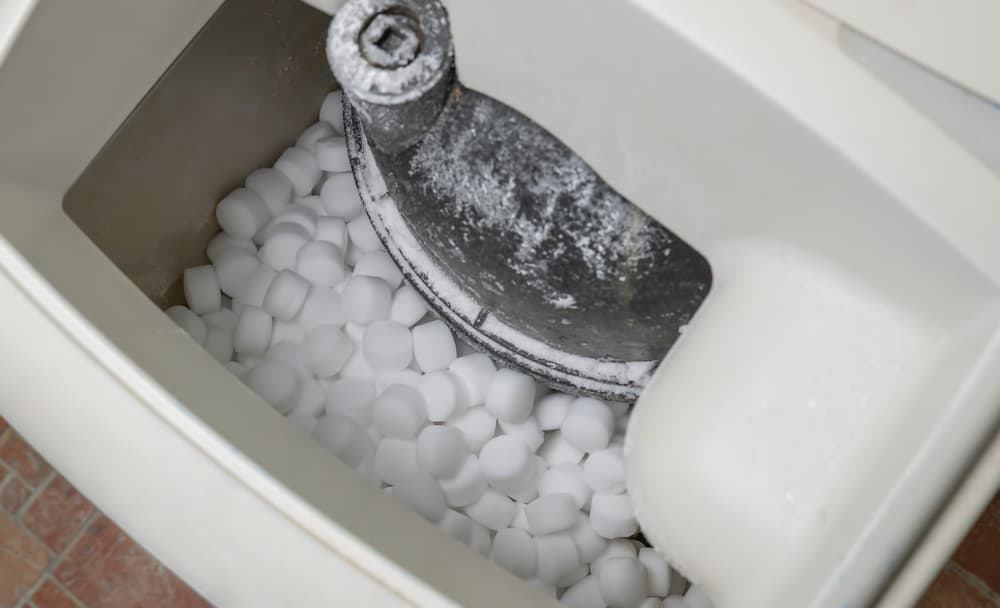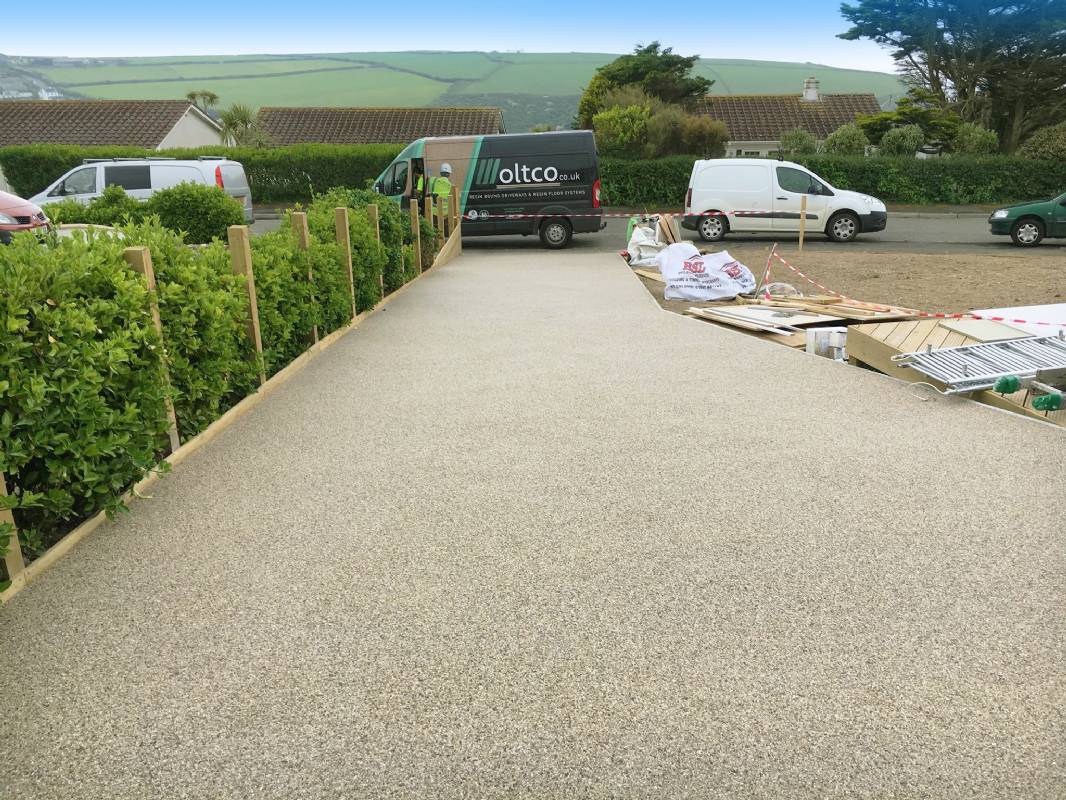Flue pipes are metal tubes used to vent smoke and other emissions from heating appliances. They may be found in both wood-burning or electric boilers.
Pipes vent hot combustion gases into the atmosphere and transport them away from a building, preventing toxic fumes from entering homes. These include carbon monoxide, which can lead to serious health problems if inhaled.
It Vents Combustion Gasses
Flue pipes are large metal tubes that vent combustion gases produced by furnaces, boilers, or other appliances outside of homes. If breathed in, these hazardous fumes can cause illness; a properly functioning flue pipe ensures these gases are vented outside so as to protect inhabitants and damage to property.
A chimney is a structure that houses the flue, which directs exhaust from heating appliances outside the home. This pipe can be lined with either terra cotta clay or stainless steel; however, a liner is necessary in order to prevent fires from starting between the flue and wall of your residence.
The lining of a pipe can also protect it against corrosion, which is often an issue with aluminum pipes used in Category II and III vents. Stainless steel is often preferred for these vents due to its greater durability and reduced potential for corrosion over time.
Depending on the fuel being burned, vents may employ either aluminum for gas appliances or stainless steel for oil or solid fuel appliances. No matter which material is chosen, make sure it has double-wall construction to prevent gas from escaping or backdrafting.
Additionally, a connector must be installed between the stove or boiler and flue. This allows one pipe to run from the burner or boiler directly into another liner connected to the chimney.
Furnace flues can become blocked with bird nests and debris, so it’s essential to clean them regularly. It is ideal to have a professional inspect your system and clean your flue at least once annually; however, you may do this yourself with extra caution.
Damaged or blocked furnace flues can prevent combustion gases from escaping, leading to carbon monoxide leaks into your home. As this recirculated gas builds up inside, it could eventually reach toxic levels.
White corrosion on the elbows of a furnace vent pipe is often indicative of backdrafting issues, which can be caused by blockages or incorrect construction of the flue pipe. If you observe this, contact an expert in combustion safety analysis to get it resolved promptly.
It Transports Smoke
When your fireplace is burning, it produces smoke and other byproducts that must be transported away from the burning fuel. This process, known as drafting, requires proper ventilation through your chimney flue; its role in this endeavor cannot be overemphasized.
A properly functioning chimney flue will safely transport smoke from your fireplace outside, where it can fill the room with an unpleasant odor and make breathing air unpleasant. Unfortunately, if you don’t understand how your flue works or don’t regularly check it, this function could be lost, leading to smoky odors accumulating inside and potentially endangering family safety.
The correct size and shape of your chimney flue is essential for optimal performance of your heating appliance or fireplace, including safe carbon monoxide expulsion from the system. Therefore, make sure the flue measures long enough and wide enough to accommodate whatever appliance or fireplace you are using.
Selecting the appropriate material for your chimney flue is another critical consideration. Bricks, for instance, can become porous and rusty when exposed to intense heat from a wood-burning stove or fireplace; on the other hand, metal chimney flues offer more longevity in this regard and make more sense as an addition to any home.
Your flue pipe must be regularly maintained to prevent creosote buildup, an unwanted byproduct of wood burning that could lead to a chimney fire. Maintaining your flue is key in avoiding this problem and will save you from costly repairs.
Most stoves utilize a flue system to both exhaust waste gases and supply fresh air for combustion. This airflow pattern, known as draft, varies between stoves; generally speaking, the more efficient your system is, the stronger this draft will be.
The draft system consists of the chimney, flue pipes and dampers. Dampers control air flow and regulate how much heat enters or leaves your chimney system. They can be adjusted by turning a knob or pulling on a handle depending on their functionality and structure. In addition to controlling draft levels, dampers also help keep your chimney in top condition by preventing it from collapsing or breaking down.
It Exhausts Carbon Monoxide
The flue pipe is a vent pipe that vents carbon monoxide and other hazardous gases outside your home. These by-products of combustion can be extremely hazardous to humans, so the best way to protect yourself from CO poisoning is by regularly cleaning chimneys and utility flues.
The chimney and utility flue are essential venting systems for gas furnaces, boilers, water heaters and other fuel-burning appliances. If these areas aren’t clean and functioning correctly, toxic gases from these appliances can back up into your home, leading to serious health issues like nausea, vomiting, dizziness, headaches, tightness in the chest or weakness.
Cleaning and inspecting your chimney and utility flues with a professional can help reduce the risk of carbon monoxide leaks. It’s also wise to install CO detectors in your home for added protection.
Carbon monoxide is an odorless, colorless gas produced when incomplete combustion of any fuel – including oil, kerosene, coal or wood – occurs. Each year it causes hundreds of deaths worldwide and can be deadly if inhaled.
Carbon monoxide leaks can occur if venting systems and chimneys are installed incorrectly, clogged with debris, too short to vent correctly, appliances with no venting system, house air flow patterns and downdrafting all pose risks due to incorrect installation or deterioration.
As part of your annual maintenance, have a technician inspect and clean the flue pipe and chimney to ensure it’s functioning optimally. If they uncover that there is any leaking, have it repaired promptly.
The flue pipe is an intricate device designed to effectively exhaust gases from inside a furnace. Over time, however, it may crack and allow hot combustion gases to seep into your home instead of venting through its chimney.
Another potential problem could be a pipe that is leaking condensation or water. This can occur if the flu pipe has developed an issue, or it could indicate something more serious such as carbon monoxide poisoning.
Leaking flue pipes are an issue that should be addressed promptly, especially if they have been leaking for some time or are located in a high-risk area.
It Plays a Role in Water Heating
The flue pipe is an integral component of your furnace, fireplace or water heater system. It transports exhaust gases produced during combustion outside your home and safeguards you and your family members against various health hazards.
A furnace flue pipe is a metal tube that can be routed into your home’s chimney or connected to an outlet point for venting outside. Its damper regulates air pressure between inside and outside, pulling fumes out of the unit while preventing them from returning inside.
Flue pipes come in a variety of materials, such as steel, aluminum and copper. To improve their insulation qualities and prevent heat loss, most are insulated.
Flue pipes typically take on either a round or cylindrical shape and come in both horizontal and vertical cross sections. The material used for their body determines both their construction and function.
Metal flue pipes typically feature a long, conical or round cross section while wood stove or fireplace flues may be circular in shape. It is essential to understand the distinctions between these flues in order to keep your family safe and comfortable when using one of them.
Utilizing the wrong type of flue piping for your heating system can pose serious health risks and damage to equipment. It is best to select a material that has been tested and certified suitable for the conditions your flue pipe will face.
If you need to install new piping, having a professional do the work is recommended. This will guarantee that the pipes are designed and installed for safety and long-term reliability.
Additionally, hiring a contractor to install your systems will save you money on labor costs. Most companies provide discounts to homeowners who hire them, making the project much more budget friendly.
Once your installation is complete, it’s time to check for any blockages in the system. A blockage can make your furnace run less efficiently and may even result in a fire. If you notice any indications of blockage such as rust or soot near the flue, contact an experienced technician right away who can help resolve this problem and get your system up and running once more.


